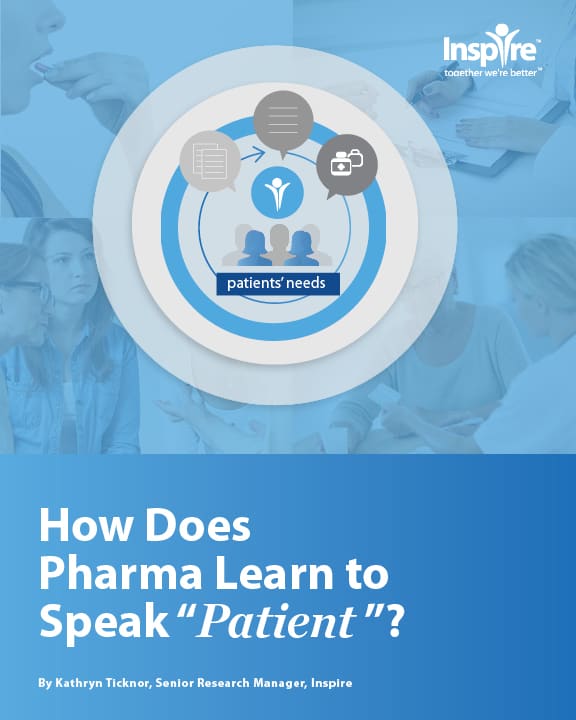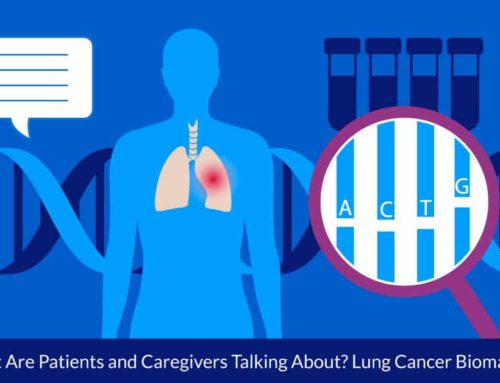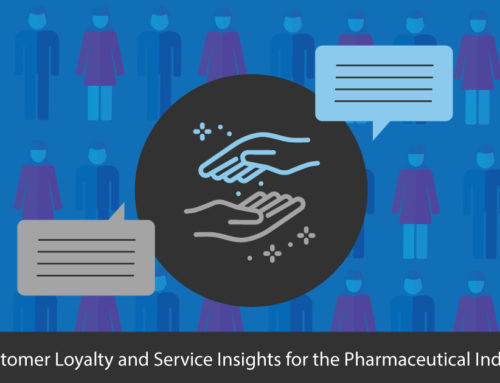How Does Pharma Learn To Speak “Patient”?

After passage of the 21st Century Cures Act in December 2016, speaking “patient,” is more essential than ever. What does speaking “patient” mean? Speaking “patient” means truly understanding and interpreting what patients are saying.
That’s because the Act promotes “incorporating the patient perspective” more intentionally and systematically throughout the drug and device development process. As Former FDA Commissioner Robert Califf explains,
“This new law rightly recognizes that patients should play an essential role in the development of drugs and devices to diagnose and treat their disease, since patients are in a unique position to provide essential insights about what it is like to live with and fight their disease.”1
Patient Engagement Gets A Boost
Although being patient-centered has been a goal for health care companies in the past, this mandate is new, giving patient-centricity a needed boost. Companies are adding personnel whose primary role is patient engagement. For example, Merck announced it was creating its first Chief Patient Officer, with Sanofi and others following suit.
Of course, market researchers in the pharmaceutical industry have long sought to understand the attitudes and behaviors of providers and their patients, yet only recently has a shift towards deeper understanding of patients “lived experiences” and motivations occurred.
As the phrase “patient-centered” is bandied about in healthcare circles, research indicates that a key challenge to improving patient-centricity is effective information sharing. A search in patient-provider relationship literature provides a useful picture of where healthcare has been.
Barriers to Patient Involvement in Treatment Decision-Making
In one recent study of cancer patients, 29% reported not receiving enough information about cancer treatments, 48% reported problems in getting health information and 25% said they were not involved in decisions as much as they desired. 2
Wanting to be involved in treatment decisions doesn’t translate into asking questions of physicians, according to the research. Studies indicate that the average patient asks five or fewer questions during visits with their doctor, and a high proportion ask no questions at all.2
Lack of time might be a cause. In 2016, the most commonly reported estimate by physicians of the time spent with each patient is between 13 and 16 minutes. 3
Even when patients do ask questions, the dynamics of physician-patient interactions can impede information flow and understanding. For example, research shows that in highly emotional situations, such as learning a cancer diagnosis, attention narrows and focuses on the disturbing news. Less energy and attention goes to such peripheral information as the treatment plan.4,5
Additionally, location and emotional state matters. The discrepancy between where one hears health information and where it is recalled, impacts memory. Even under optimal circumstances, people leave the physician’s office with only about 50% of the information that has been provided to them.6
The cognitive burden of focusing on the conversation at hand – processing new information about treatments or conditions that present a serious burden in daily life – often precludes critical thinking in the moment and asking follow-up questions. Experience – and sometimes the doctor herself –tells us to place our trust in our physicians to ask the right questions.
Inspire offers a trusted community to patients and caregivers. Our goal with this blog, this website and our content is to provide the life science industry access to the true, authentic patient voice. In so doing, we support faithful operationalization of patient-centricity. Take a look at our case studies, eBooks and news outlet coverage.
References:
1 http://blogs.fda.gov/fdavoice/index.php/2016/12/21st-century-cures-act-making-progress-on-shared-goals-forpatients/
2 http://www.quirks.com/articles/the-costly-impact-of-implicit-questions-in-doctor-patient-conversations
3 http://www.businessinsider.com/how-long-is-average-doctors-visit-2016-4
4 http://ascopubs.org/doi/full/10.1200/JCO.2007.15.2322
5http://www.ncbi.nlm.nih.gov/pmc/articles/PMC539473/
6 http://onlinelibrary.wiley.com/doi/10.3322/canjclin.52.3.134/full






